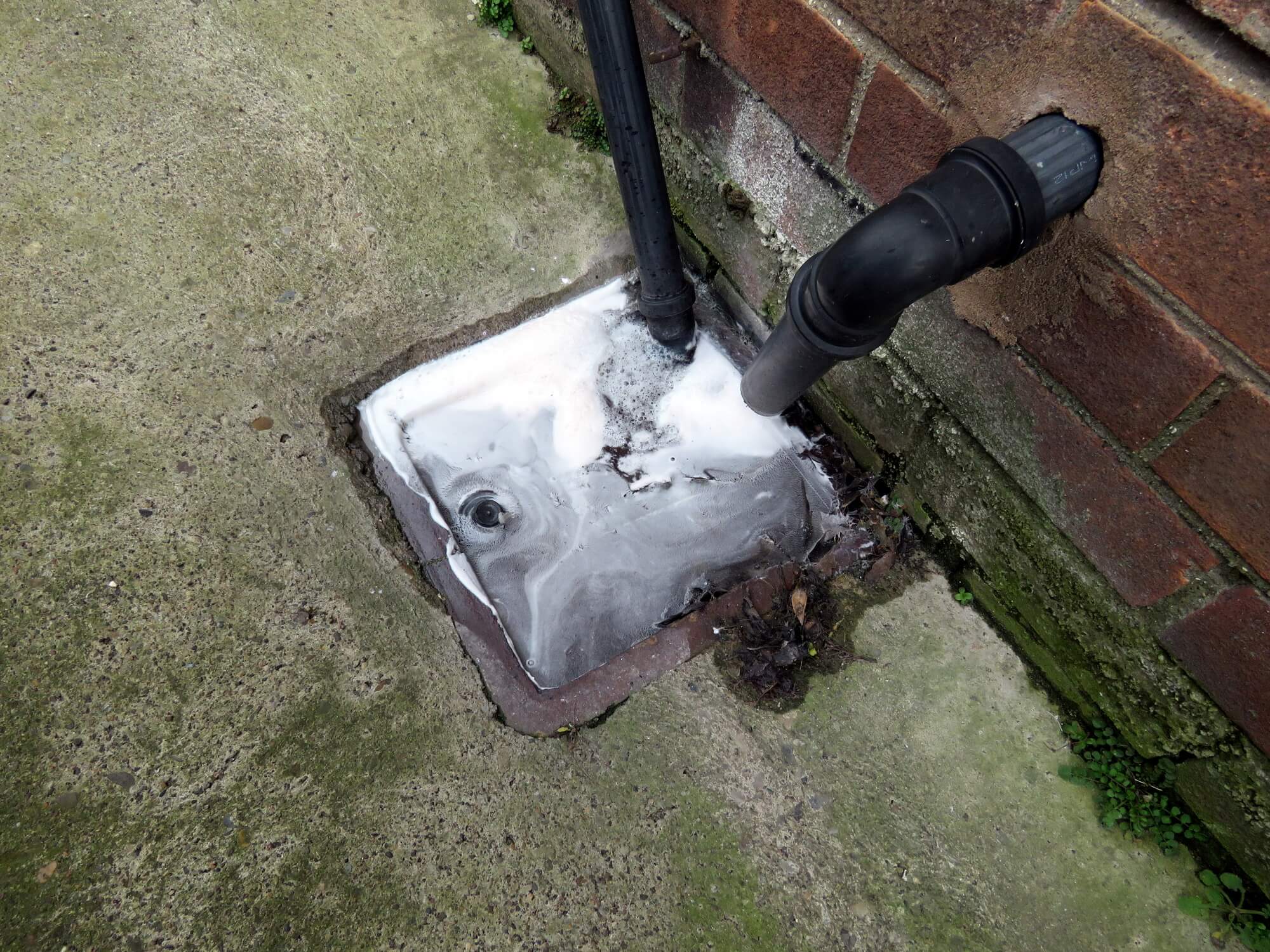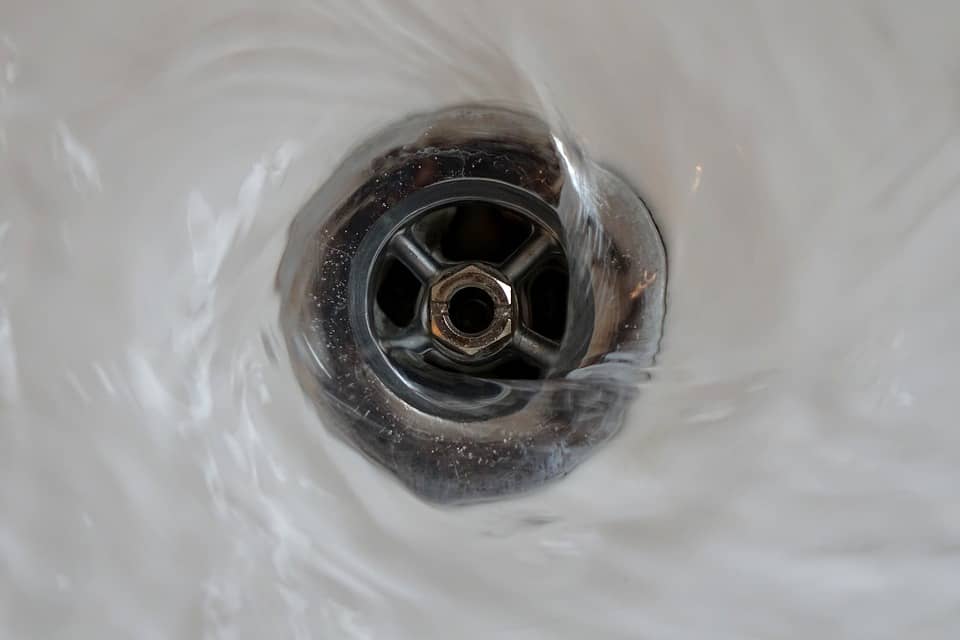How do you really feel about Tips for Dealing with Clogged Drains and Sewer Lines?

Intro
Dealing with a blocked drainpipe can be an aggravating experience, interfering with day-to-day tasks and possibly causing damages to your residential or commercial property. However, before connecting to pipes professionals, there are actions you can take to deal with the concern yourself. In this guide, we'll check out DIY services and safety nets to deal with a blocked drain effectively.
Recognizing the Concern
The initial step in addressing a blocked drainpipe is acknowledging the signs. Sluggish drain, gurgling audios, foul odors emanating from drains, or water backing up are common indications of a blocked drainpipe. Identifying these indicators early can assist protect against even more difficulties.
Choosing the Right Pipes Service
When choosing a plumbing service, think about factors such as experience, licensing, and customer evaluations. Choose a respectable plumber with a performance history of top quality craftsmanship and clear rates techniques.
Expense Factors to consider
The price of professional drain cleaning services can differ depending upon the seriousness of the obstruction and the plumbing professional's rates. Request quotes from several service providers and ask about any additional charges to ensure openness and stay clear of surprises.
Safety Precautions
When trying DIY drain cleaning, focus on safety and security. Put on safety handwear covers and eyewear to avoid contact with hazardous chemicals or bacteria. Never ever mix different drainpipe cleaning items, as this can generate unsafe fumes.
Instance Studies
Real-life examples illustrate the efficiency of DIY services and the significance of prompt specialist intervention in resolving drain obstructions.
Common Sources Of Obstructed Drains
Comprehending the aspects that contribute to drain obstructions is necessary for efficient resolution. Common culprits include hair, soap residue, grease, food debris, and international things like sanitary items or paper towels. Tree roots attacking below ground pipelines can additionally cause considerable clogs.
DIY Solutions
For small clogs, a number of do it yourself options can be effective. Pouring boiling thin down the drainpipe can aid liquify grease and debris. Sodium bicarbonate and vinegar or a mixture of salt and baking soda can work as all-natural cleaners. Utilizing a bettor or plumbing serpent to remove obstructions is another choice.
Tools and Equipment
Having the right devices on hand can make DIY drain cleaning extra effective. A plunger is a functional tool for getting rid of obstructions in sinks, commodes, and showers. A pipes snake or auger can reach deeper obstructions, while drain cleaning chemicals can be utilized meticulously for persistent blockages.
Preventive Measures
To stay clear of future blockages, embracing preventive measures is important. Mount drainpipe guards or strainers to catch hair and particles prior to they enter the pipelines. Frequently flush drains with hot water to liquify grease accumulation, and prevent throwing away grease or strong waste down the tubes.
When to Call a Professional
While do it yourself solutions can solve small blockages, particular indicators suggest the demand for expert aid. Relentless blockages, foul odors in spite of cleaning efforts, or multiple drains supporting simultaneously are warnings that require skilled intervention.
Verdict
By adhering to the tips outlined in this overview, you can properly take on blocked drains and avoid future pipes concerns. Whether choosing DIY solutions or seeking specialist help, punctual activity is key to maintaining a healthy plumbing system and preserving the integrity of your home.
How to Clear a Clogged Drain Yourself (And When to Call In the Professionals)
What Can Clog a Drain
- Dirt
- Skin flakes
- Hair
- Grease
- Soap scum
- Food
- Offset pipes
- Tree roots
- Small objects
- Mineral buildup
DIY Tricks to Unclog a Drain
You can fix this! Once you have identified the source of the clog (or have a vague idea), you can try one or a combination of these fixes in order to clear your plumbing.
Wire Hanger or Snake
Untangle and clear out hair from a drainpipe with a homemade snake. Use a straightened-out wire hanger with a 90-degree angle hook to locate the clog and drag out any unwanted material.
Remember not to push the clog further down to where the wire hanger cannot reach! If you need to follow up with a plunger, give it a try. Your efforts might be more successful after it’s been wire-snaked.
If you want to get fancy and don’t have a wire hanger to spare, head to the store and pick up a hand-operated drain snake. You can get one for $10-$30. It may save you the hassle, and provide additional length to reach deep into the clogged pipe.
Plunger
A cup plunger has a suction cup attached to a wooden handle. The rubber creates a seal around the drain, and increases the pressure force of the plunger.
Plunge for 30-second increments to loosen the clog. This may need to be repeated over the course of 15-20 minutes. Once plunged, run the water to flush the remaining material out of the drain.
Remember– never use a plunger if you have used a chemical drain cleaner. These chemicals can splash up from the force of the plunger and cause serious injury or burns.
Boiling Water
Hot water can sometimes break up materials into a flushable amount. Dirt, grease, and soap buildup requires heat in order to unstick from surfaces.
Take your kitchen kettle and heat your water to a boil. Once it reaches a rolling boil, pour it directly down the drain into the blockage. Carefully follow with plunging, if necessary.
Don’t worry if this takes more than one try! It can often take multiple kettles and repeated plunging in order to clear a particularly stubborn clog.
Chemical Drain Cleaner
As a last resort, pick up a bottle of chemical drain cleaner. Drain-cleaning chemicals are potent, and not very good for the environment.
You may need to wear protective eyewear in gloves before handling your bottle of chemical drain cleaner. Follow the instructions printed on the bottle, and flush with water as soon as the instructions allow. Do not follow with plunging.
Baking Soda and Vinegar
As a safer alternative to chemical drain cleaner, baking soda and vinegar can create a chemical reaction that clears tough clogs.
Combine one cup of cleaning vinegar with one cup of boiling water, and set aside. Once you have done this, pour half a cup of baking soda down the drain. Give the baking thirty seconds to settle and cover a large portion of the problem drain.
Following the baking soda, pour down your vinegar and hot water solution. Once the vinegar and baking soda combine, the mixture will bubble and fix. Let this reaction fizzle in the drain for about an hour.
After an hour, follow with a kettle’s worth of hot water. The heat and liquid should flush out any remaining material.
When to Call a Plumber
If your DIY attempts haven’t cleared your clog drain, it’s time to call in a professional. It’s not worth losing access to your kitchen sink or high-traffic bathroom. A clog in a vital area can keep you from the things you’d rather be doing, and derail your routine.
Anytime a clog is causing water to spread is a time to call in a plumbing service. What starts out as a little bit of water can quickly grow into serious, expensive water damage.
Additionally, a serious clog can result in burst pipes or serious leaks. Make sure you know when to take it seriously!
https://myguysnow.com/how-to-clear-a-clogged-drain-yourself-and-when-to-call-in-the-professionals/

We had been made aware of that write-up about Tips for Dealing with Clogged Drains and Sewer Lines through a pal on our other web blog. Appreciated our posting? Please share it. Help someone else discover it. Thank you for your time spent reading it.
Call Today
Comments on “Ways to Tackle a Blocked Drain On Your Own Prior to Engaging Plumbing Professionals”